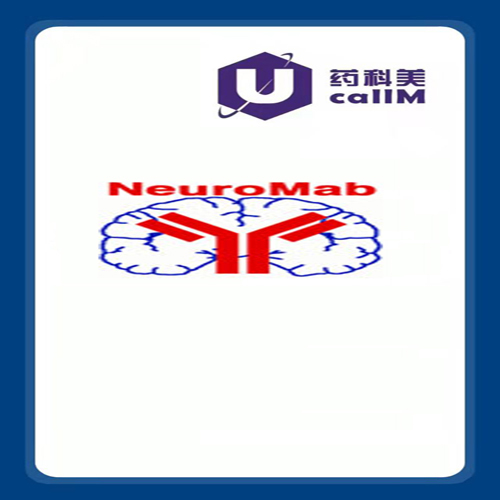NeuroMab 产品代理

NeuroMab 产品代理
antibodies
The the UC Davis/NIH NeuroMab Facility is a purely academic monoclonal antibody (mAb) facility that operated from 2004-2019. The mission of the UC Davis/NIH NeuroMab Facility as funded by NIH awards U24 NS050606 (2005-2014) and R24 NS092991 (2015-2019) was to provide a unique neuroscience-based approach to generating mouse mAbs optimized for use in mammalian brain (NeuroMabs). NeuroMabs were generated from mice immunized with synthetic and recombinant immunogens corresponding to components of the neuronal proteome as predicted from genomic and other large-scale cloning efforts. Comprehensive biochemical and immunohistochemical analyses of human, primate and non-primate mammalian brain were incorporated into the UC Davis/NIH NeuroMab Facility screening procedure. This yielded a subset of mouse mAbs that are optimized for use in brain (i.e., NeuroMabs): for immunohistochemical- based imaging studies of protein localization in adult, developing and pathological brain samples, for biochemical analyses of subunit composition and post-translational modifications of native brain proteins, and for proteomic analyses of native brain protein networks. Our current efforts, as funded by NIH award U24 NS109113 (2019-2024) is to determine the sequence of these mAbs and convert them into recombinant form.
The UC Davis/NIH NeuroMab Facility contiues to serve as a resource to the entire neuroscience community through its generation of a collection of highly validated mAbs that will serve as critical links between information emerging from genomic efforts and future proteomic approaches to brain function. Moreover, the unique neuroscience-based approach that the UC Davis/NIH NeuroMab Facility used in its development and screening efforts yielded reliable mAbs that might not otherwise be available, and the comprehensive biochemical and immunohistochemical verification will save countless investigators the time, money and effort of attempting to use expensive yet suboptimal reagents in their research.


